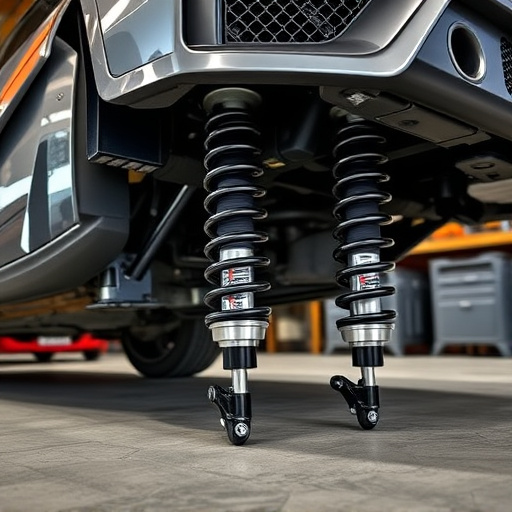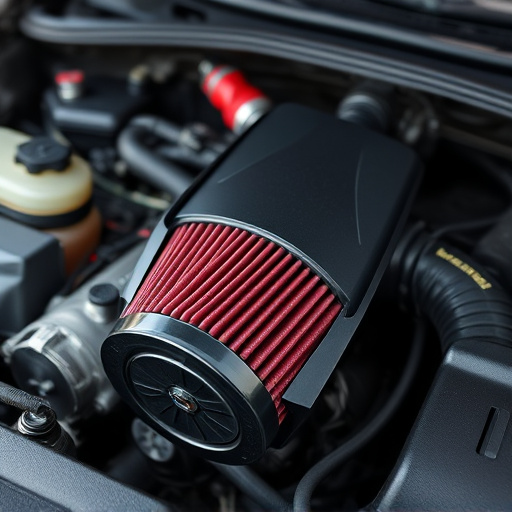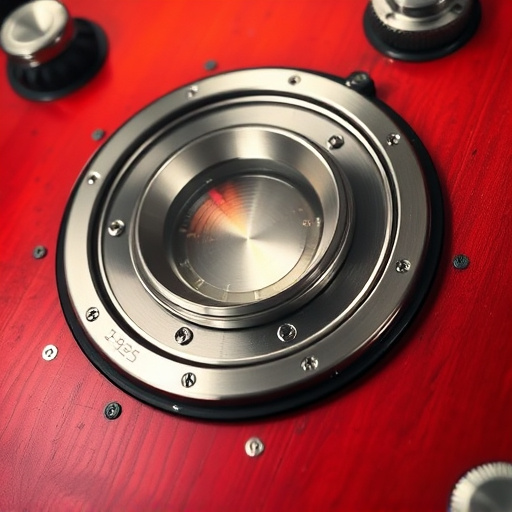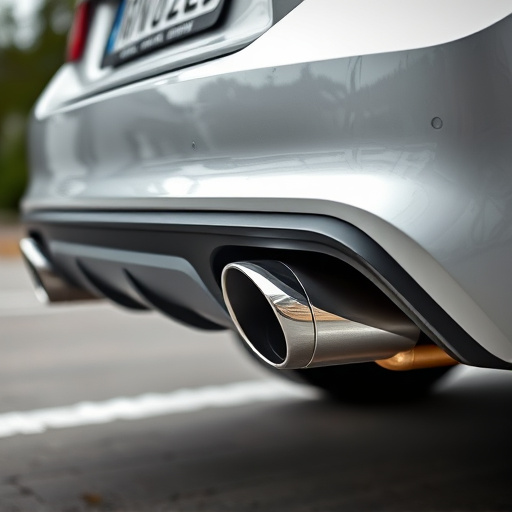Worsened car ride quality signals potential issues with your vehicle suspension system. Signs include bumpy rides, unusual noises, increased body roll, uneven tire wear, and pulling to one side. Early recognition prevents damage, ensures safety, and maintains suspension integrity. Prompt action through maintenance or upgrades optimizes handling and stability. Seek professional help for significant changes in handling and ride quality. Mechanics diagnose complex issues and suggest tailored solutions like air filters or coilover kits.
Is your vehicle’s ride becoming bumpy and unstable? It might be a sign of a failing vehicle suspension system. Understanding common failure signs is crucial for maintaining safety on the road. This article guides you through recognizing symptoms like uneven tire wear, strange noises, and poor handling. By understanding basic suspension components and when to seek professional assistance, you’ll be able to ensure your vehicle’s stability and smoothness.
- Recognize Common Suspension Failure Signs
- Understand Basic Suspension Components
- When to Seek Professional Assistance
Recognize Common Suspension Failure Signs
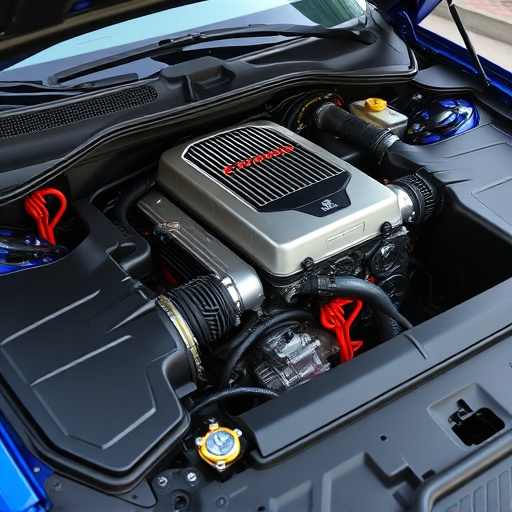
If your vehicle’s ride quality has taken a turn for the worse, it might be an indication that your suspension system is experiencing issues. Recognizing common failure signs early on can help prevent more severe damage and ensure your safety while driving. One of the most noticeable symptoms is a bumpy or uneven ride, especially at lower speeds. This could suggest worn-out shocks or springs that are no longer effective in smoothing out road irregularities.
Additionally, strange noises coming from beneath your vehicle during movement should never be ignored. Clunking, popping, or squeaking sounds, particularly when going over bumps or while turning, can point to problems with suspension components like control arms, ball joints, or bushings. Over time, these parts can become loose, damaged, or worn out, leading to reduced stability and handling capabilities. Other signs include increased body roll during turns, poor alignment, uneven tire wear, and a vehicle that pulls to one side while idling or driving at low speeds. Addressing these issues promptly, whether it’s through basic maintenance or considering upgrades like coilover kits or performance air filters, is crucial for maintaining the integrity of your vehicle suspension system.
Understand Basic Suspension Components
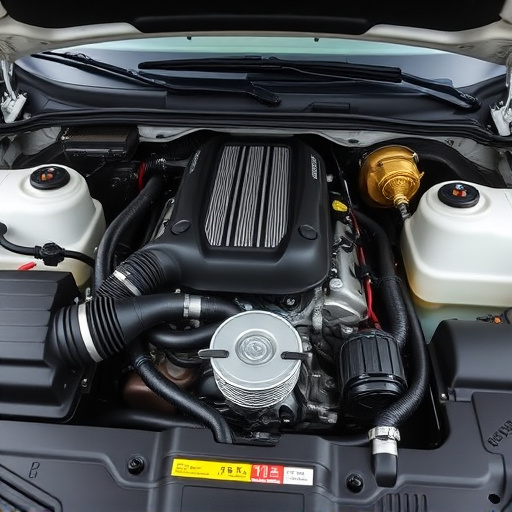
The vehicle suspension system is a complex network of components working together to ensure smooth and controlled movement. Key elements include springs, which absorb shocks and provide ride height, shock absorbers (or struts) that dampen road irregularities, and control arms that connect wheels to the chassis. These parts work in harmony to maintain vehicle vehicle performance, ensuring a comfortable and stable ride.
Understanding these basic suspension components is crucial when assessing potential failures. Issues with springs can lead to reduced ride height and an increased risk of rolling over. Leaky or worn shock absorbers cause uneven handling and a bumpy ride, while damaged control arms can result in wheel misalignment and premature tire wear. Additionally, modifications like installing cold air intakes or exhaust mufflers can indirectly affect suspension performance, as they may alter vehicle weight distribution and center of gravity.
When to Seek Professional Assistance
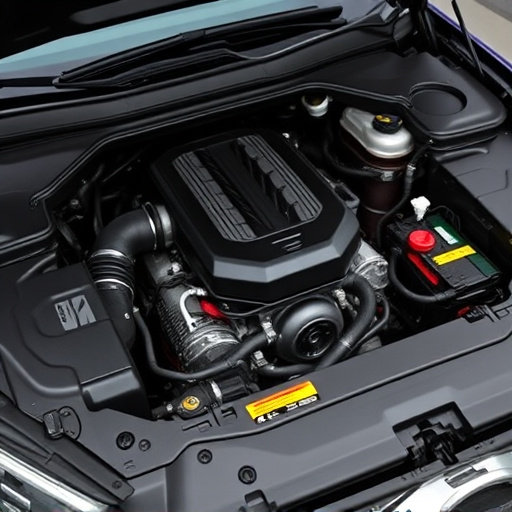
If you’ve noticed a significant change in your vehicle’s handling or ride quality, it might be time to seek professional assistance for your vehicle suspension system. While some issues can be attributed to minor adjustments, others could indicate serious problems that require expert attention. Regular maintenance is key to keeping your suspension in top shape, but when symptoms persist or worsen despite basic care, a thorough inspection by a qualified mechanic is crucial.
Professional technicians have the tools and expertise to diagnose complex suspension issues, from damaged shock absorbers and struts to misaligned components. They can also recommend suitable upgrades like performance air filters or even more advanced solutions like coilover kits, which offer precise control over ride height and handling dynamics for those seeking a fine-tuned driving experience.
If you’ve noticed unusual vibrations, handling issues, or dips in your vehicle’s performance, it could be a sign of a failing suspension system. By understanding the basic components and common failure signs discussed in this article, such as worn out shocks, damaged springs, or loose parts, you can take proactive measures. Regular maintenance checks and addressing issues promptly are key to keeping your vehicle’s suspension system in top shape. When in doubt, seeking professional assistance ensures accurate diagnosis and effective solutions for a safe and smooth ride. Remember, a well-maintained suspension system is crucial for optimal vehicle handling and passenger comfort.









